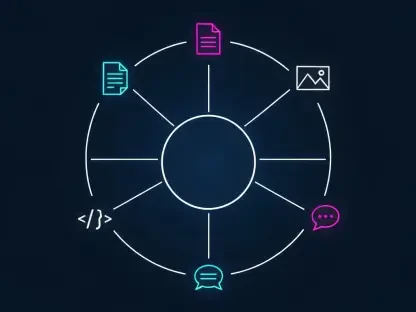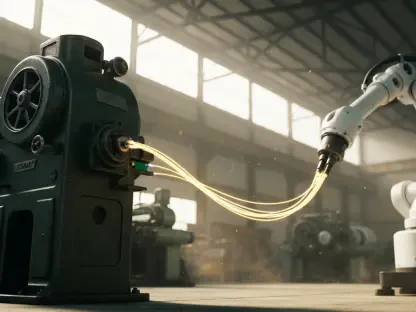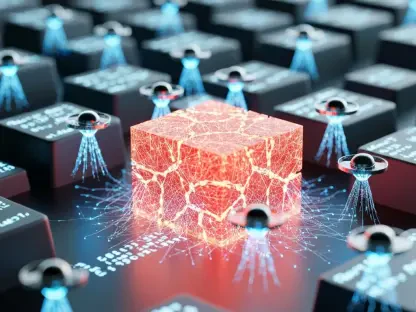In the ever-evolving world of robotics, a groundbreaking development has emerged that could redefine energy efficiency and adaptability within robotic systems. Researchers from TU Delft and EPFL have engineered a quadruped robot, taking inspiration from the canine world. This advanced robot, detailed in the journal Nature Machine Intelligence, introduces a remarkable feature—its ability to run without motors. By integrating inventive mechanics with data-driven technology, the scientists aim to conquer the significant limitation of energy consumption that has plagued existing commercial quadruped robots.
Biological Inspiration Enhancing Robotic Efficiency
A crucial element of this development is the biological inspiration driving its design. The team, including assistant professor Cosimo Della Santina, Ph.D. student Francesco Stella, master student Mickael Achkar, and principal investigator Josie Hughes, drew heavily on the movement patterns of dogs. Utilizing machine learning tools, they meticulously analyzed canine motion, enabling an optimization of the robot’s mechanical components such as springs, cables, and tendons. This biological benchmarking provided a foundation for creating a robot capable of walking and adjusting to different speeds on a treadmill, powered exclusively by the treadmill’s momentum, effectively eliminating the need for any motor assistance.
The direct mimicry of biological systems to enhance robotic functionality highlights an emerging trend in robotic engineering. Just as certain animals exhibit high energy efficiency through passive dynamics, the scientists aimed to replicate this natural efficiency. By leveraging data from dogs, the team could precisely tune the mechanical components to respond and adjust according to external forces and interactions, paving the way for a mechanically sophisticated and energy-efficient quadruped robot.
Dual Functionality and Adaptive Design
Another significant aspect of this quadruped robot lies in its dual operational capability. Under regular conditions, the robot operates passively, relying on state-of-the-art mechanical design and contextual data to move efficiently. However, when faced with additional demands such as climbing or navigating obstacles, the engineers equipped the robot with motors that can be activated as needed. This strategic dual functionality ensures that the robot remains versatile, performing specialized tasks while minimizing energy expenditure.
The adaptable design reflects a holistic approach, blending enhanced mechanical properties with cognitive capabilities. The synergy of these components signifies a move towards designing robots capable of dynamic and efficient responses to varying environmental conditions. Natural organisms, such as fish, can passively travel using external forces. Similarly, this robot harnesses such principles, creating a novel way of approaching locomotion in robotics. This dual capability promises significant advancements, allowing for a broader range of applications while maintaining energy efficiency.
Future Prospects and Impact on Robotics
In the constantly advancing field of robotics, a pioneering innovation has emerged that could drastically reshape energy efficiency and adaptability in robotic systems. Researchers from TU Delft and EPFL have developed a state-of-the-art quadruped robot, drawing inspiration from the agility and structure of dogs. This sophisticated machine, as detailed in the journal Nature Machine Intelligence, showcases an extraordinary feature—its capability to operate without the need for traditional motors. By combining creative mechanical design with data-driven technology, the researchers aim to overcome the significant challenge of high energy consumption, which has long hindered the performance of current commercial quadruped robots. This new approach not only promises to make robotic movements more efficient but also enhances the adaptability of robots in various environments. The project is a significant step forward in the robotics field, potentially leading to widespread applications where energy efficiency is crucial. This breakthrough represents a substantial leap in how robotic systems are perceived and designed.









